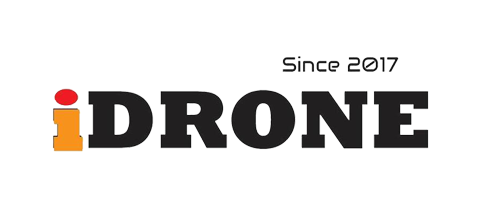Erik Kendall at Idaho Drone League
 This year I participated in the externship program with Dr. Jae Ryu from the University of Idaho in his iDrone program. The bulk of my time was spend looking at Cybersecurity and its impact on the drone industry. I focused my research in three key areas: drone communication protocols, drone electronic warfare, and drone exploit techniques. While my work this summer focused mainly on aerial drone, the concepts can be extended to ground and water based drones as well.
This year I participated in the externship program with Dr. Jae Ryu from the University of Idaho in his iDrone program. The bulk of my time was spend looking at Cybersecurity and its impact on the drone industry. I focused my research in three key areas: drone communication protocols, drone electronic warfare, and drone exploit techniques. While my work this summer focused mainly on aerial drone, the concepts can be extended to ground and water based drones as well.
Commercial drones rely on various communication protocols to exchange data with their operators and other devices. These protocols establish a standardized language for seamless interaction, ensuring real-time control, data transfer, and critical updates. Some prevalent communication methods employed by commercial drones are Wi-Fi, manufacture specific proprietary protocols, and cellular networks.
Drones are no longer a novelty in warfare; they’re a dominant force. The Ukraine conflict exemplifies this, with both sides deploying a diverse range of unmanned aerial vehicles (UAVs). From commercial off-the-shelf drones like the DJI Mavic Series to purpose built military drones like the Turkish Bayraktar TB2. Regardless of the platform employed, both sides are constantly working to counter the other sides drones by attacking their electronic communications networks.
Because most consumer drones relay on Wi-Fi for communication, they can be exploited using standard tools included in Kali Linux and downloadable drone control emulation software. To capture a drone the current operation must have their control separated. This is commonly called deauth or a deauth attack. Once control has been separated, emulation control software can be used to establish a new connection to the drone and fly it off.
I have enjoyed the research I complete this summer. I hope to bring some if the information I learned back to my classroom this fall.

